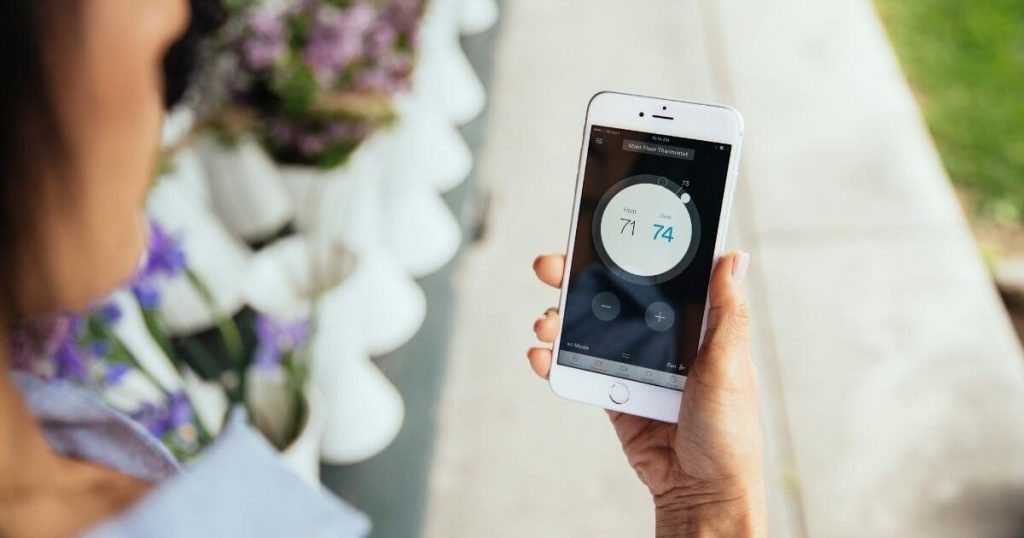Reviewed by personal safety expert Pete Canavan
How Do I Create an Emergency Plan for My Family?
For over 11 years, SafeWise experts have conducted independent research and testing to write unbiased, human reviews (not robots). Learn more.
When extreme weather is in full swing, we want everyone to stay safe. Here are some resources if you or a loved one are impacted by storms.
- Track the storms to stay up-to-date on the latest hurricane developments, warnings, and advisories.
- Stay informed about local developments and find resources at DisasterAssistance.gov.
- Know about evacuation shelters through the free Red Cross Emergency app, calling 1-800-RED-CROSS (800-733-2767) or go to redcross.org/shelter.
- Use our emergency resources on SafeWise for everything including generators, emergency kits, flooding, and how to prep kids for hurricanes.
The first step in emergency planning is knowing what you’re planning for.
For example, if you live in California, preparing for an earthquake makes a lot more sense than preparing for a tornado. If you live in Kansas, it’s the other way around. If you live on or near a flood plain, that’s probably your most likely natural threat.
By signing up, you agree to our Terms and Conditions and Privacy Policy.
If you’re preparing for an earthquake, bolt tall, heavy items like china cabinets to the wall so they don’t fall, and teach everyone in your family to take cover immediately. But if you’re preparing for a tornado, choose the safest room in the house as a shelter. Make sure there’s enough room for everyone inside and no glass or other items that could pose a hazard.
If wildfires, hurricanes, or other natural disasters commonly happen in your area, keep an evacuation bag for each member of the family, including pets, ready to go at all times. Be sure to include hard-to-replace items like contact lenses, medications, or important documents in these kits.
And keep in mind that a large-scale power outage, like the one that hit Texas in 2021, a home fire, or storms are also possibilities, so plan accordingly.
Find guides for specific natural disasters:
Make a communication plan
You and your family members may be in different places when a natural disaster strikes. It’s important to create an emergency communication plan ahead of time so each member of the family understands how you’re going to meet up after a natural disaster.
- Decide what your kids should do in an emergency, such as stay put or head to a central meeting location.
- Also consider what you’ll do if important roads are closed or blocked.
Discussing these possibilities in advance is important because you can’t be certain that communications will remain reliable in an emergency. For example, cell phone networks weren’t able to handle the volume of calls generated after the 2013 Boston Marathon bombing, making it challenging for those in the area to get in touch with loved ones. By planning in advance, you can be reasonably certain you know where everyone will be, even if you can’t call or text them. In case you have to evacuate your town, make arrangements for anyone with a car to meet at an out-of-town friend or relative’s house.
Make a kit
Although you should react to each type of emergency differently, the items you’ll need after each are largely the same. You should have a disaster kit that includes the following:
- One gallon of water per person per day (or a water filter)
- Easy- or no-prep, shelf-stable food
- Can opener
- Important medications
- Battery-powered radio to receive important news
- One flashlight per person
- Batteries
- Toilet paper and other toiletries
- Gas valve shutoff tool if your home uses gas for cooking or heating
Don’t forget that many of your camping supplies, such as sleeping bags or a camp stove, can pull double duty as emergency items. If you plan to use these items in an emergency, make sure you replace whatever you use on a camping trip, like propane. Also, remember bottled water and canned food have expiration dates, so you should stock items your family uses so you can rotate through your stock, replacing it before it goes bad. Don’t forget your pets’ needs, either. Have several days’ worth of food, water, and medicines for them too.
We've got more tips, recommendations for products, and other helpful info in our Emergency Kits 101: How to Be Prepared for Anything article.
The above items should be sufficient if you can stay in your home following an emergency. However, if you have to evacuate the area, you’ll need a few extra items, like clothes, a pet carrier, and comfort items for the kids.
Keep emergency kits on hand
Motorists were stranded after an icy snowstorm hit Atlanta, GA in January 2014. The storm prevented snow plows from clearing the roads, and people were forced to sleep in their cars, offices, or wherever else they were until the hazard was cleared and they could return home.
This incident shows how important it is for everyone to carry an emergency pack in their cars. The pack doesn’t have to be extensive but should include one night’s worth of food and water, a first aid kit, and extra clothes or a blanket.
You may also consider keeping a shovel in your car to help you get out of a snowbank or other situation. Even if snow isn’t a factor where you live, it’s a good idea to be prepared with these items in case you run out of gas or break down.
In 2015, vandals in Arizona destroyed fiber-optic Internet cables, creating disruptions in Internet, cell phone, landline, and even credit card reader service. This event highlighted the importance of keeping at least a modest supply of cash on hand so you can pay for gas or emergency supplies if credit card networks are down.
Final word
You’ll probably never have to face off against the walking dead, but then again, you may never have to face a flood or large-scale power outage, either. But planning for the worst will leave you in a much better position than hoping for the best.
Compare the best home security systems
Recent Articles



